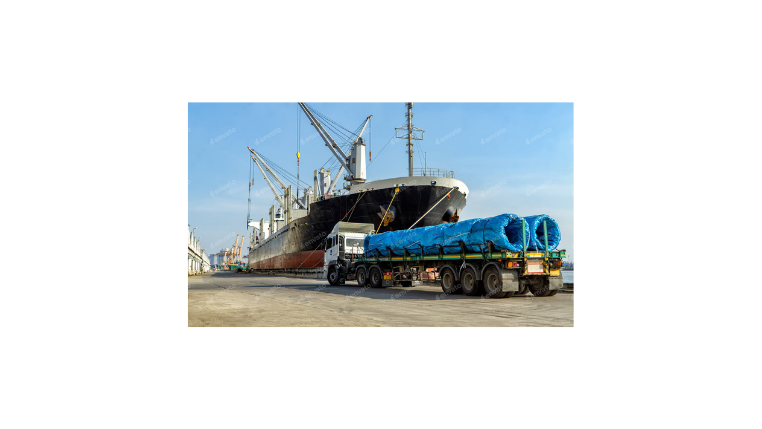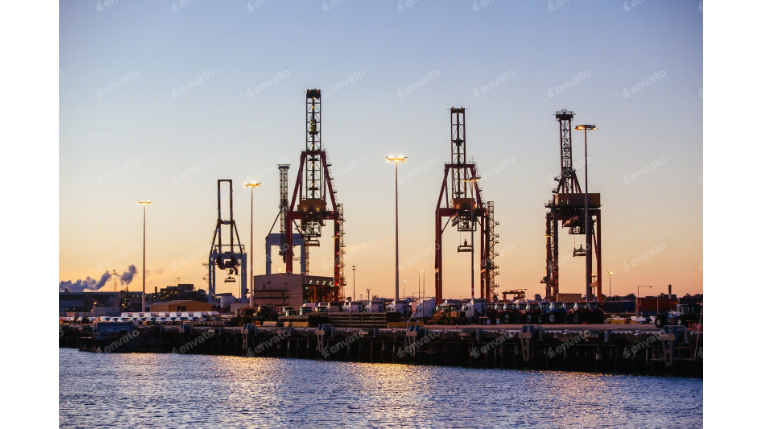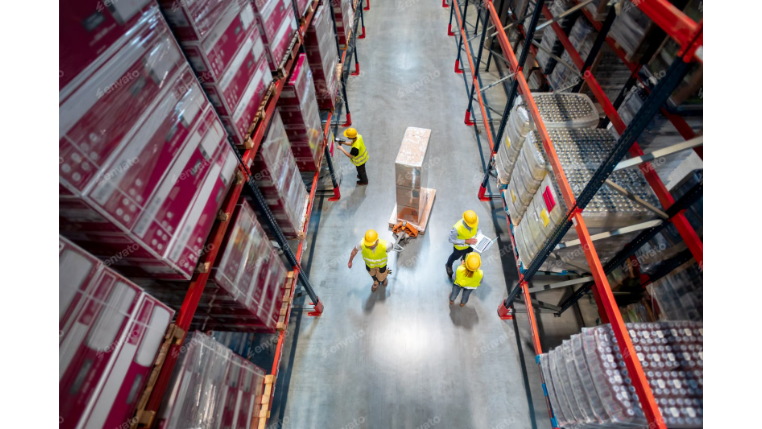In the vast ecosystem of global logistics, the full container load (FCL) model is a well-known powerhouse for large-scale shipments. However, for a significant number of businesses—particularly small to medium-sized enterprises (SMEs)—transporting smaller volumes of goods is a more common reality. For these companies, the most efficient and cost-effective solution is Less-than-Container Load, or LCL shipping.
This comprehensive guide will answer the key question, "What is LCL shipping?" It will demystify the process, explain its core benefits, and provide the essential information you need to determine if it's the right choice for your business.
What Is LCL Shipping and How Does It Work?
LCL shipping is a method of ocean freight where a single container is filled with cargo from multiple shippers. Instead of paying for an entire container that you can’t fill, you only pay for the space your cargo occupies. This makes international shipping more accessible and affordable for businesses with smaller inventory volumes.
The process of LCL shipping is managed by a freight forwarder and involves several key steps:
- Cargo Consolidation: Your cargo is first delivered to a consolidation warehouse, where it is grouped with other shipments from different businesses.
- Container Loading: Once the container is full, the freight forwarder loads all the consolidated cargo into a single container for transport.
- Vessel Transport: The container is then shipped via a vessel to the port of destination.
- Deconsolidation and Delivery: Upon arrival, the container is taken to a deconsolidation warehouse, where your cargo is separated from the other shipments. It is then prepared for final delivery to your business.
This model is a collaborative effort, allowing multiple businesses to share the cost and logistical benefits of a single container shipment.
The Key Benefits of LCL Shipping
For businesses that don’t have enough volume to fill a standard 20-foot or 40-foot container, LCL offers a number of strategic advantages.
- Cost-Effectiveness: This is the most significant benefit. By only paying for the space your cargo takes up in a container, LCL shipping eliminates the high fixed cost of FCL. It makes international freight more affordable for smaller businesses and allows for more flexible budgeting.
- Greater Flexibility and Inventory Management: LCL enables you to ship smaller quantities of goods more frequently. This is especially useful for managing inventory, as it reduces the need for large amounts of safety stock. It allows businesses to respond more quickly to market demands and maintain a more agile supply chain.
- Reduced Risk: Shipping smaller quantities of goods means less financial exposure in a single shipment. If there is a delay or issue, the financial impact on your business is minimized.
- Access to Global Markets: LCL shipping democratizes international trade. It allows small businesses to import or export goods without the logistical and financial burden of needing to fill an entire container, opening up new opportunities in global markets.
Potential Challenges and Best Practices for LCL Shipping
While LCL shipping offers numerous benefits, it's not without its challenges. By being aware of these potential issues and following best practices, you can mitigate risks and ensure a smooth shipping process.
- Longer Transit Times: LCL shipments can take longer to arrive than FCL shipments due to the time required for cargo consolidation at the origin and deconsolidation at the destination.
- Increased Risk of Damage: Since your cargo is sharing space with other shipments, there is a slightly higher risk of damage. This makes proper packaging, labeling, and palletizing your goods a critical step.
- Complex Documentation: LCL shipments often require more complex documentation, as the freight forwarder must manage paperwork for multiple parties.
To overcome these challenges, it’s essential to work with a reliable logistics provider who has expertise in LCL shipping. A good provider can help you manage documentation, provide clear communication, and ensure your cargo is handled with care throughout the entire process. The Federal Maritime Commission (FMC) provides valuable resources and regulations for the U.S. maritime industry, which can help ensure compliance for your LCL shipments. For a detailed guide on preparing your cargo, the International Chamber of Shipping offers best-practice guidelines on freight handling and packaging.
Conclusion
LCL shipping is a vital component of modern logistics, providing a flexible and affordable solution for businesses that ship smaller volumes of goods. By allowing multiple shippers to share the cost of a single container, it has made international trade more accessible, helping SMEs compete on a global scale. While it presents some unique challenges, working with an experienced logistics partner can help you navigate the complexities and leverage the full potential of Less-than-Container Load shipping. This makes LCL a key strategy for maintaining an efficient, agile, and cost-effective supply chain.









